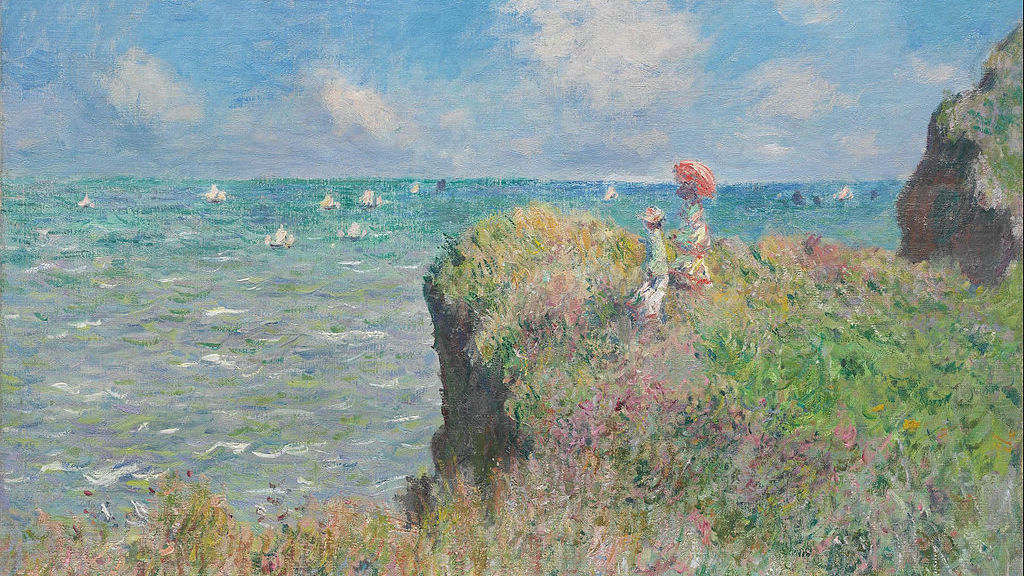Debussy’s “Bruyères” from Préludes, Book 2: Krystian Zimerman
Composed between 1909 and 1913, Claude Debussy’s twenty four solo piano Préludes are divided into two books. Unlike the Preludes of Chopin or J.S. Bach’s The Well-Tempered Clavier, they do not form a sequential harmonic procession. Instead, they float ephemerally between traditional tonality and modal harmony, and the pentatonic and whole tone scales. They emerge as dreamy, atmospheric vignettes. Bruyères is the fifth Prélude from Book II. Translating as “heather,” it “evokes pastoral bliss, an Arcadian …







